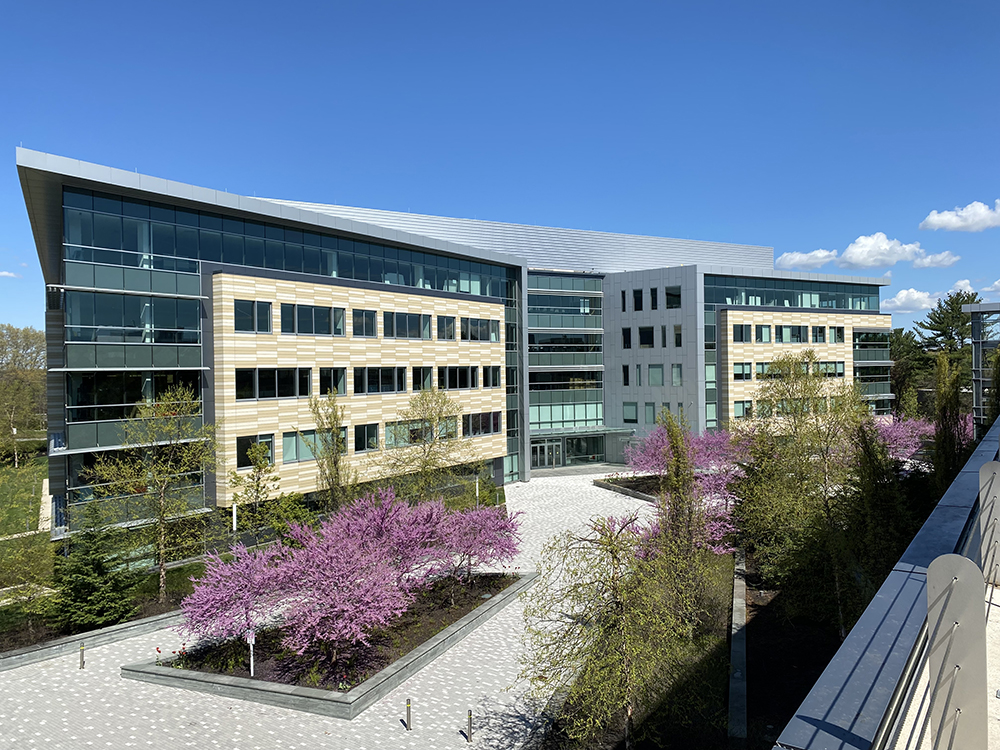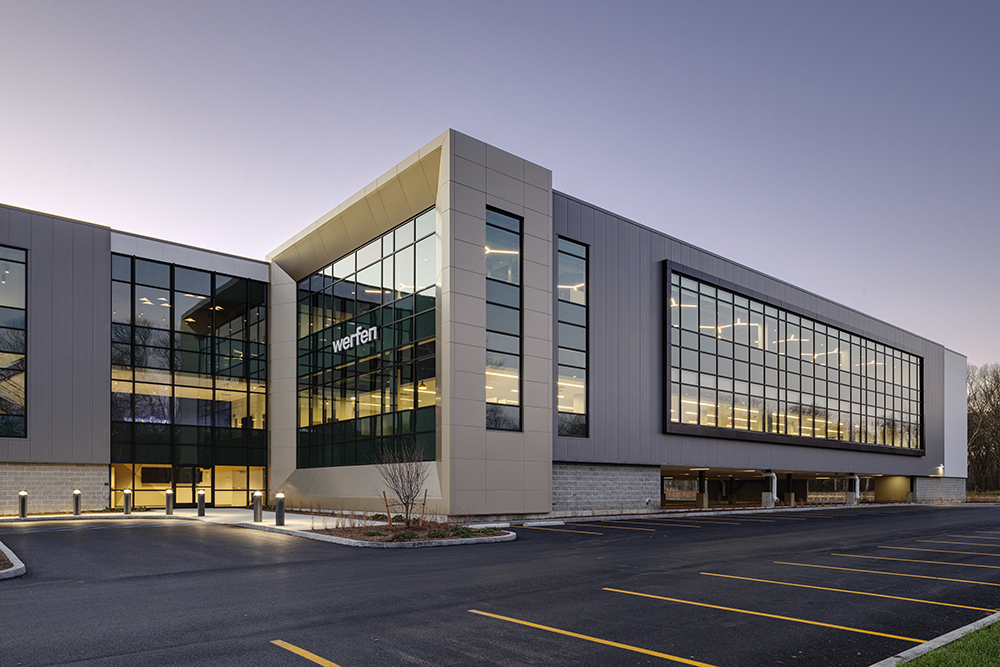News: Front Section
Posted: March 20, 2008
Building to Build Community: MSRED students travel to UAE, Turkey and England for perspective
When real estate developers build, they build communities. Thoughtfully, or simply by default, developers powerfully influence the way people interact.
But communities also powerfully determine how developers can build, and in different parts of the world, practices vary based on custom, government, geography, and wealth. What can these different practices teach the industry about the relationship between community and development?
Students at the MIT Center for Real Estate sought to find out. From January 12th to 24th, MSRED students in a 3-credit travel course offered by the center saw first-hand the interplay between community and development in three dramatically different global markets - the United Arab Emirates (UAE), Turkey, and England.
Recapping their travels on February 26th, students shared highlights about the companies and projects they visited, along with lessons learned on the interplay between development and community.
Abu Dhabi
"Wow" may best describe development in Dubai. Whether it's the Burj Dubai (to be the world's tallest skyscraper at 160+ stories), the Mall of the Emirates (with the Middle East's only indoor ski slope), or the Dubai Waterfront (the world's largest - larger than Manhattan), real estate is ambitious, visionary, spectacular, and extravagant.
"Build and they will come" could well be the mantra of the UAE's Royal Family, which seeks to quadruple the country's GDP in only a few years. This growth will be reflected at the Dubai airport, with traffic increasing to 70 million passengers by 2012 (currently Boston has 27 million and NYC has 47 million).
MSRED students' four day tour included meetings with representatives from Konark Resources, Aldar/Laing O'Rourke, EMAAR Properties, Nakheel, and Dubai Properties for presentations and site visits. Students were clearly impressed by the breathtaking scale of development - "Abu Dhabi is a giant construction site," said one.
But they wondered about sustainability. Population has doubled in the past 10 years, and that rate is only increasing. About 80% of the population is ex-patriot - largely composed of laborers from Asia who do the construction boom's heavy lifting (on a typical wage of $4.00/day plus housing and meals). The society is effectively two-tiered, and students asked how the country's leadership will manage a growing population of largely 2nd-class citizens.
"I came to real estate because I wanted to build tall buildings," said one student. "I saw plenty in Dubai, but no real community, no real infrastructure connecting people. If you want to go somewhere, you take a cab."
Istanbul
Straddling the Bosphorus, Istanbul was historically considered the West's gateway to the East. With Turkey poised to join the EU, its geographical position will likely fuel a real estate boom.
Population is surging (projected to rise 22% from 2000 to 2025), especially among young people (60% are under 30). Construction is largely unregulated - if you own the land, you can build on it; and 50-60% of residential properties do not have a permit.
Retail and residential properties are especially in demand. Traditional street-level retail - the bazaar - is ubiquitous in Istanbul, as it has been for centuries, with an estimated 5,000 street vendors. But times are changing, and as one student put it, "shopping malls are everywhere." The Pradera Cevahir Mall is the largest in Europe - six floors, 4.5million s/f, and its own roller coaster.
Istanbul's Kanyon Mall is an elegant mixed-use development with 169 retail units, 9 theaters, a 30-floor office tower, and a 179-unit residence block. "It's the nicest mall I've ever seen," said one student. "It has a real sense of place."
Students spent four days in Turkey, meeting with developers at Buyaka, ECE, Pradera/JLL, and the Soyak Company. Soyak is Turkey's largest housing developer by sales, a "superbrand" whose most popular developments are residential towers reminiscent of those in vogue in the U.S. in the 1960s - a style often favored in emerging markets. Units are small and simple, but they offer all amenities and, crucially, affordability ($200,000 per unit). Remarkably, buyers must deposit the entire purchase price to secure a residence, then wait two years before moving in!
London
With a long tradition in commerce, and the 6th-largest city economy in the world, London boasts some of the most venerable, continuously-running real estate and development firms in the world - many now shouldering its high-rise boom. Encouraged by the 2004 London Plan, developers are preparing for the erection of about 30 new skyscrapers over 500 feet tall, which could transform the city's skyline.
Canary Wharf has already undergone a near-miraculous transformation. Bombed heavily during WWII, the once busy docks fell into steep decline, then after a brief renaissance, went fully derelict.
Full revitalization began in 1981: now a 14 million s/f development on 97 acres, Canary Wharf includes 30+ buildings, 4 malls, 200 shops and restaurants, and 90,000 employees (200,000 projected). So successful was the effort that few sites remain on which to build. Developers own and operate Canary Wharf, which has become home to numerous skyscrapers housing international banks.
MSRED students spent four days in London, meeting with representatives from King Sturge, IPD, Wachovia, M3 Capital Partners, AIG, Brockton Capital (founded by two MIT/CRE alums), JLL, Hines, Chelsfield Advisors, and Stanhope Properties.
Of special interest was a roundtable discussion over coffee with the legendary Sir Stuart Lipton, founder of Stanhope and deputy chairman of Chelsfield in London. He shared his celebrated philosophy on community - "place making" - emphasizing public spaces as a development's focal point, and the way that people use spaces between buildings can "activate" an area and ultimately give developers more return.
Which City Best for Development?
Students closed their talk with a Q&A, which prompted a pointed question from the audience: "Given a billion dollars to invest, would you develop in Abu Dhabi, Istanbul, or London?"
Respondents were divided. One picked Abu Dhabi hands down, citing the fantastic growth and opportunity. "If you own the land, you can build whatever you want," he said. Another picked Istanbul, which combines the growth potential of an emerging market with the richness of a culture dating back thousands of years. A third picked London, citing - naturally - location, location, location: "We saw it again and again," he said. "London is the epicenter of global business and finance."
Michael Mack is an affiliate writer for the MIT Center for Real Estate, Cambridge, Mass.
Tags:
Front Section
MORE FROM Front Section
Newmark negotiates sale of 10 Liberty Sq. and 12 Post Office Sq.
Boston, MA Newmark has completed the sale of 10 Liberty Sq. and 12 Post Office Sq. Newmark co-head of U.S. Capital Markets Robert Griffin and Boston Capital Markets executive vice chairman Edward Maher, vice chairman Matthew Pullen, executive managing director James Tribble,

Quick Hits
Columns and Thought Leadership
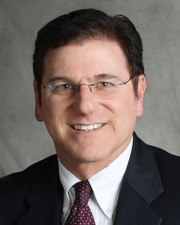
Four tips for a smooth 1031 Exchange - by Bill Lopriore
Many real estate investors do not understand the specific requirements that must be met to secure the benefits of a tax-deferred 1031 exchange. For example, the replacement property must be identified within 45 days of the closing date of the relinquished property.
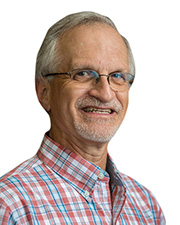
Make PR pop by highlighting unique angles - by Stanley Hurwitz
Coming out of the pandemic, a client with three hotels in Provincetown, Mass., needed ways to let the world know his properties were open for business for the 2021 tourist season.

Five ways to ruin a Section 1031 Like-Kind Exchange - by Bill Lopriore
While there is some flexibility when structuring a like-kind exchange, some important requirements must be met. A mistake can ruin your exchange. Here are five mistakes to avoid:
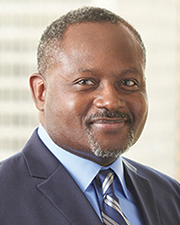
How COVID-19 has impacted office leasing - by Noble Allen and John Sokul
To say that the effects of COVID-19 has transformed office leasing is an understatement. When COVID-19 was at its peak, office spaces were practically abandoned either through governmental mandates or through actions taken by businesses themselves.





